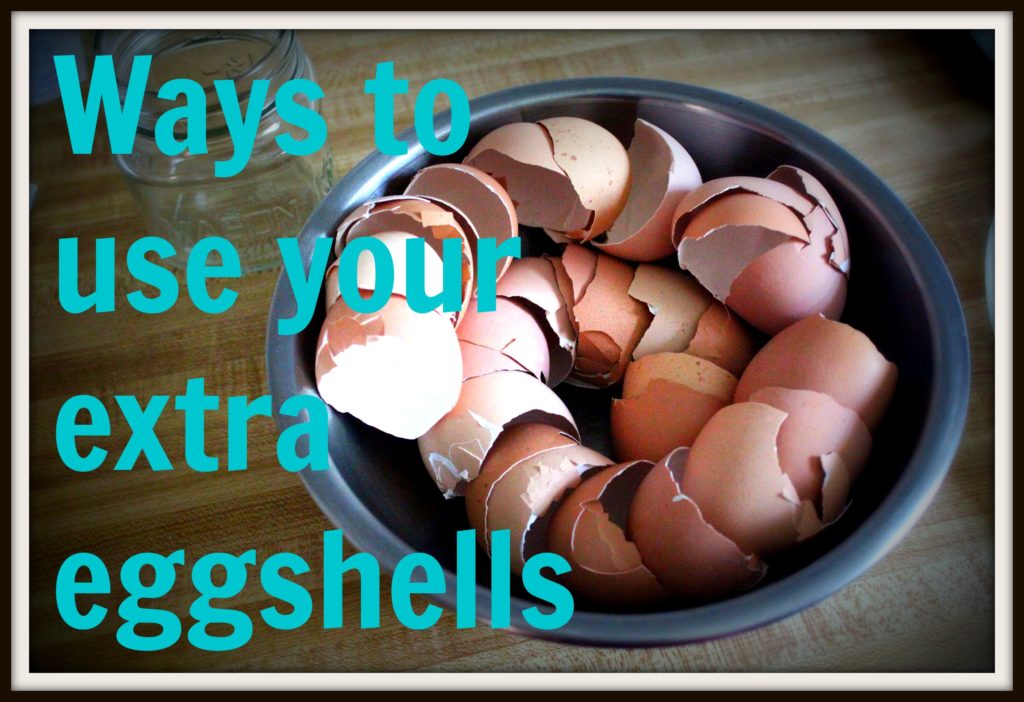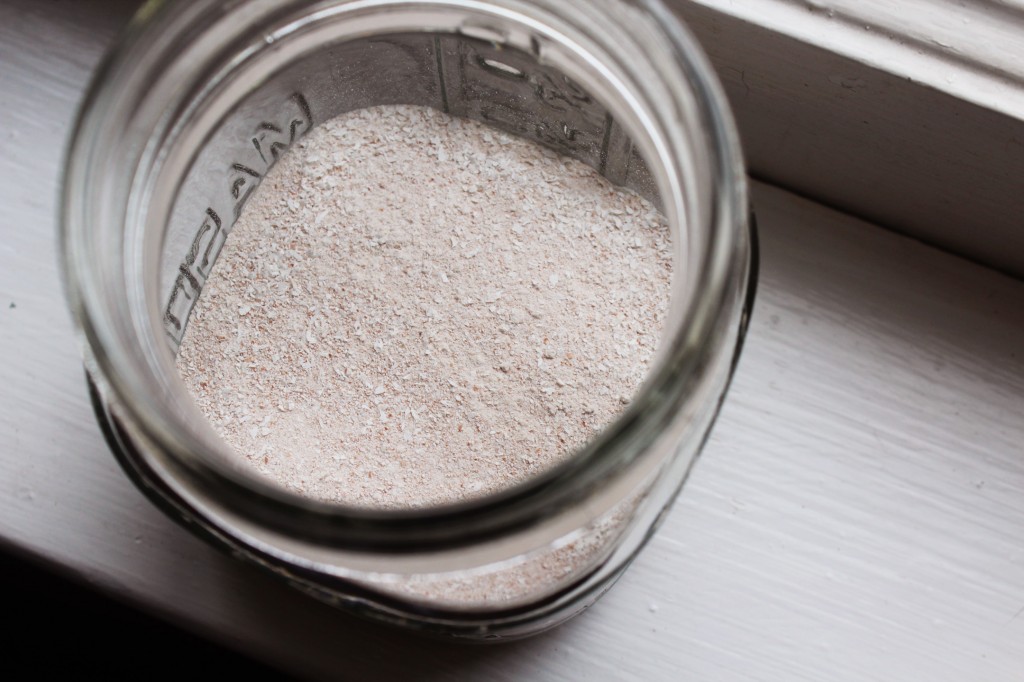
Frank’s Fantastical Smoothie is about to get more fantastic because tonight I made made use of all our extra eggshells.
I’ve been meaning to bake this delicious recipe for butternut cupcakes for about a week, and I finally got to it!
The recipe calls for six eggs, which means I had plenty of shells left over for nourishing eggshell water.
You only want to use eggs that are from pastured local hens fed NON-GMO feed, so that you know where they’re coming from. These egg shells will then be rich in calcium and minerals—the perfect do-it-yourself supplement.
Nourishing Eggshell Water
Step 1: Rinse any remaining egg white out of the shell, but leave the membrane intact.
Step 2: Put the shells in a pot, and fill with water.
Step 3: Boil the eggshells for 5-10 minutes.
Step 4: Drain the water into a bowl or jar, and save it to add to things that you eat. The eggshell water is tasteless, so you can add it to anything. Like smoothies or any water you drink during the day.
It’s important to note that too much shouldn’t be consumed at once, as our bodies absorb calcium in small doses.
DIY Calcium Supplement

Step 1: Boil your eggshells.
Step 2: Place in a single layer on a baking sheet.
Step 3: Bake at 200˚F for 30-40 minutes, or until eggshells are very dry.
Step 4: Using a Vitamix or food processor, blend into a very fine powder.
Step 5: Store in an airtight container and add a teaspoon of the powder to just about anything!
Other ways to use your egg shells include:
- – Boil them along with your chicken stock.
- – Grind them and add some to your coffee grounds, which also cuts the acid in the coffee.
- – Crush them and throw them in your compost.
- – Follow this recipe to make bathtub scrub.
- – Feed them back to your chickens.
Whatever you decide to do, I love that using the egg shells means one less thing we waste and one more thing going towards our lifelong journey in good health. :)











Do you need to wash the shells out or anything in between cracking the egg and final use? Or just store them in the fridge?
Love the ideas here…just want to prevent any kind of spoilage from contaminating the shells until I have enough to use at once.
I use them to feed my plants, they love the protein.
I crumble them up and put them in my flower pots, the protein feeds the plants.
I feed my dogs a raw food diet. If I’m not using raw meat with bones I’ll use eggshell powder to balance out the phosphorus in the meat by using the calcium in the eggshell. They also get ground organic veggies in their diet too. All the extra eggshells go to the compost.
I’ve boiled eggshells but for some reason never thought about using them myself! I’ve been using them to spray calcium water on my plants to prevent blossom end rot.
My favorite use is to use them for seedlings in the early spring. Tomato seeds LOVE the eggshells, and you can plant the seedlings directly in the garden, eggshells and all!
I used them in my artwork! Not nutritional, but a repurpose to remove it from landfill.
I also grind them up to make the base for homemade toothpaste! And like Bill mentioned, if I’ve got eggshells that are questionable about whether or not I want to put them in my body, I grind them up for a bathtub scrub. It’s amazing what we can do with eggshells! :)
I hadn’t thought of bathtub scrub! Great tip!!
This is great, thank you for the how-to!
After talking recently to a close friend who has raised turkeys and chickens for 18 years in California. I learned some very eye opening information. The term free range,referring to eggs is a very misleading term allowed by the U.S. Dept of Agriculture. To use the term free range simply means that the birds are not in cages.If they are raised in huge commercial hen houses on concrete or dirt as long as they do not lay eggs in a cage they are considered free range.They may never see the outside their entire life but the eggs are still considered free range.I know this is very misleading but you can not go by the term Free Range it really means nothing compared to regular cage raised birds and eggs.
That’s a great point, Bill. As I wrote above, I recommend eggs from pastured chickens that have been allowed to roam, scratch and eat bugs, and basically just be a chicken. And of course, have not consumed feed with GMOs.